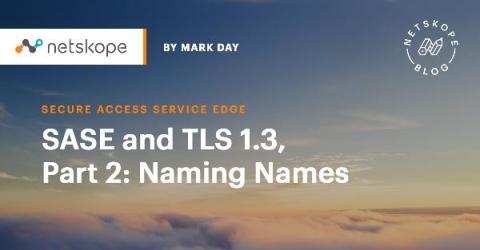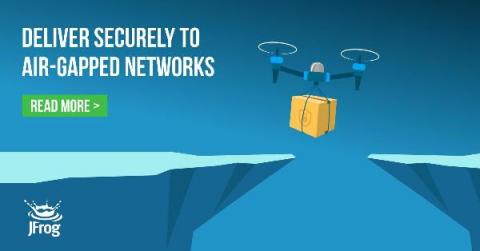What is search engine clickbait and how do hackers trick Google's crawlers?
Search engine optimization (SEO) works with algorithms to ensure that the most relevant and most popular webpages show up first in an internet search. SEO makes sure that the best websites get the biggest boost. However, SEO has a lesser-known, evil twin called black hat SEO. This term refers to a common trick of cybercriminals. Black hat SEO is meant to circumvent algorithms, exploit weaknesses, and create fraudulent links.











